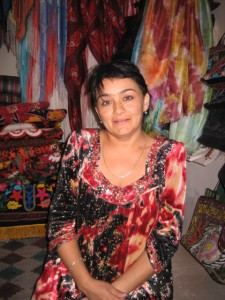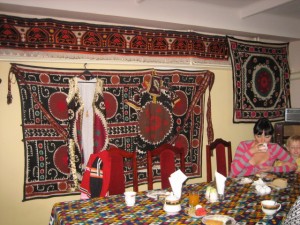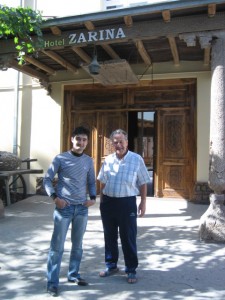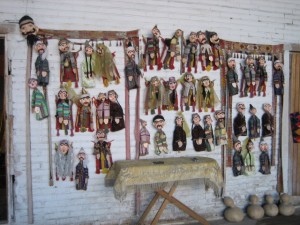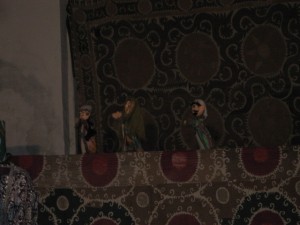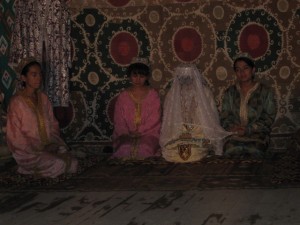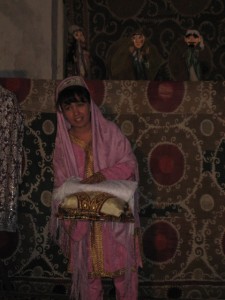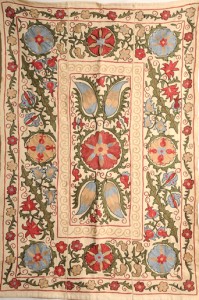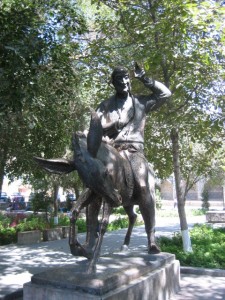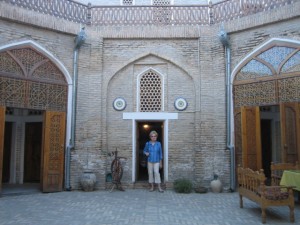JAVANESE PUPPETS
The use of puppets in Java is very widespread. In fact, puppet shows and dance performances were and are the traditional types of entertainment and are often used for religious teaching in Java. There are 3 types of puppets made in Java: wayang kulit – leather shadow puppets, wayang golek –wooden 3 dimensional puppets, wayang kelitik – flat wooden puppets from Eastern Java.
The leather shadow puppets are the most sacred and as far as I know are used exclusively for performing legends from the Hindu epics: The Mahabarata Epic and The Ramyana Tale. You may be surprised that stories from Hindu epics are performed in Java as Java is known as a predominately Islamic culture. However, both Hinduism and Buddhism predate Islam in Java. As Java had a very highly developed culture at the time of the Islamic invasion in the 16th century, older religious beliefs were not completely eradicated. At the present there are 2 types of Muslims: the Santri Muslims who have strict Islamic beliefs, and the Abangan Muslims who practise a syncretistic religion which includes Hindu and Buddhist beliefs. The Abangan Muslims are the most numerous and as a group hold the most political power. I do have some leather shadow puppets for sale, but because they are leather, they tend to curl somewhat if not held down flat. However, I do have some leather puppets for sale and if you are particularly interested in them, contact me and I will send you some pictures and details.
I have found the wayang golek to be the most popular with customers as they look like statues. Many wayang golek do not have the features of the Hindu epic characters, so I assume that they are used mainly for historical plays. All the puppets are hand carved and hand painted. It’s interesting to note that the men wear hats whereas the women do not wear hats. Usually people purchase stands for their puppets, but it is not necessary as their sticks can be put in large empty bottles filled partly with sand to stabilize them.
The flat wooden puppets are made both as Hindu epic characters and traditionally dressed Javanese people. They are carved and painted on both sides. In this case it is necessary to purchase a nicely finish puppet stand.
Noble Hindu epic characters have sloping faces and almond shaped eyes. The fact that they are looking down shows that they are modest which is considered to be a very good quality by the Javanese.
Marriage couples are a very popular subject for traditional arts and crafts in Java. Note that men wear hats and and women do not.
Wayang golek puppets are inexpensive substitutes for statues.


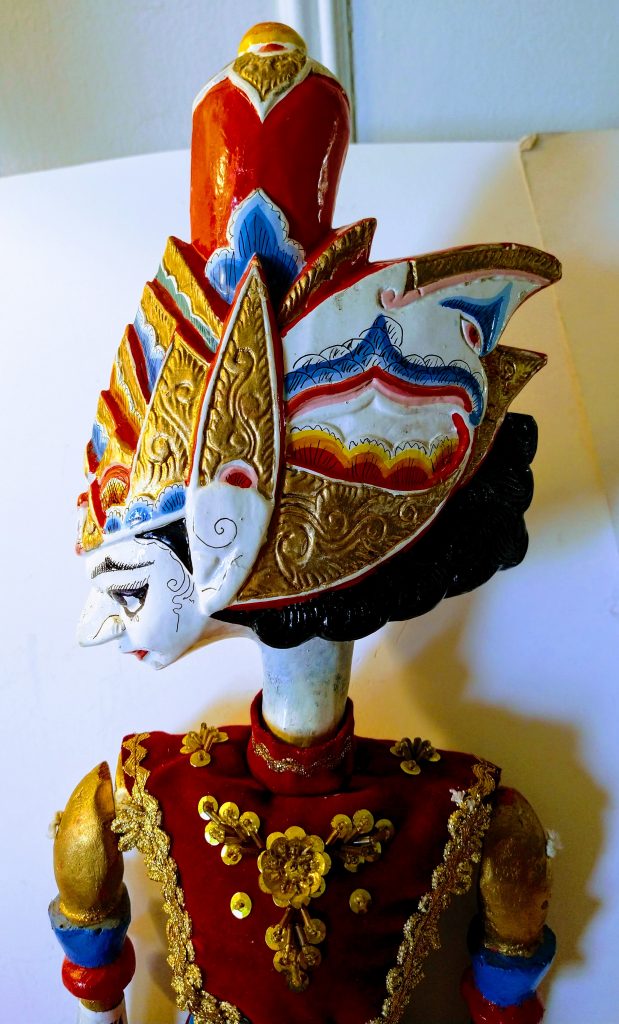
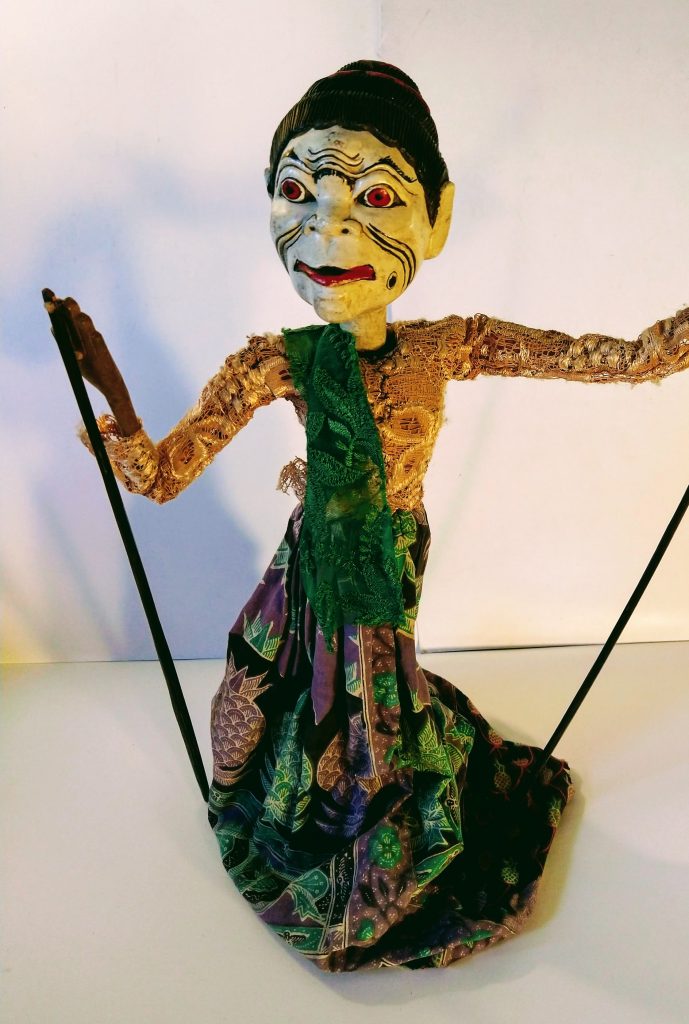
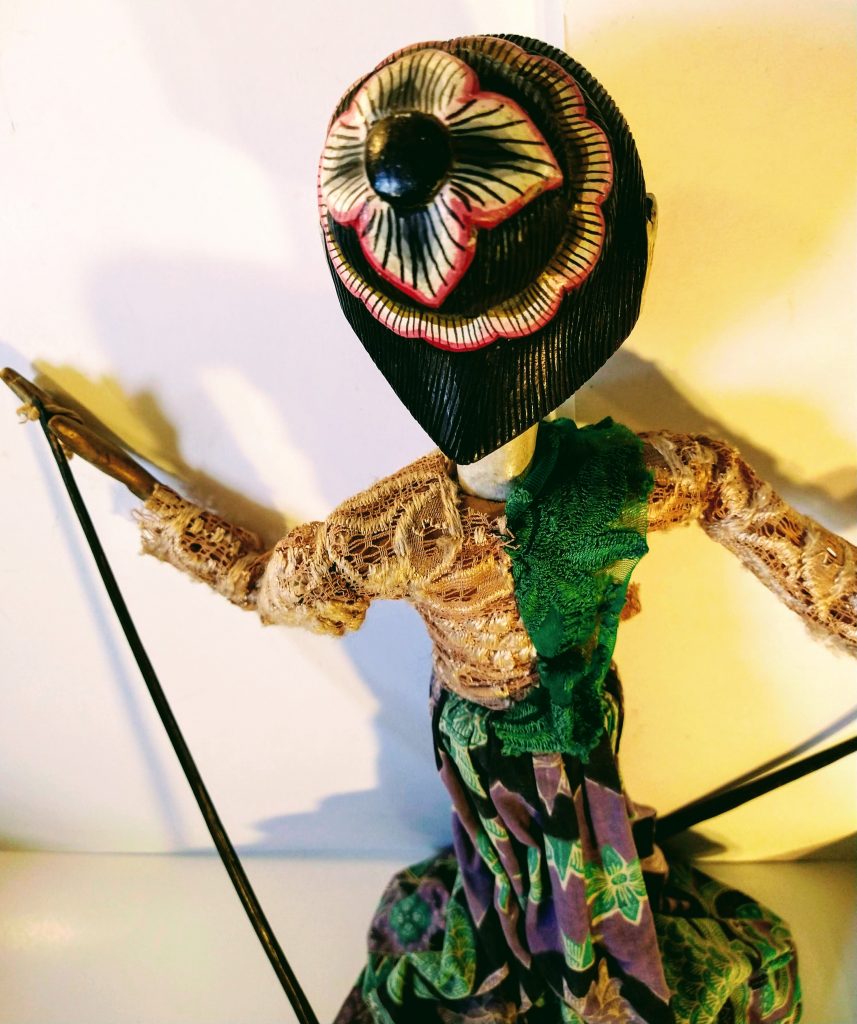
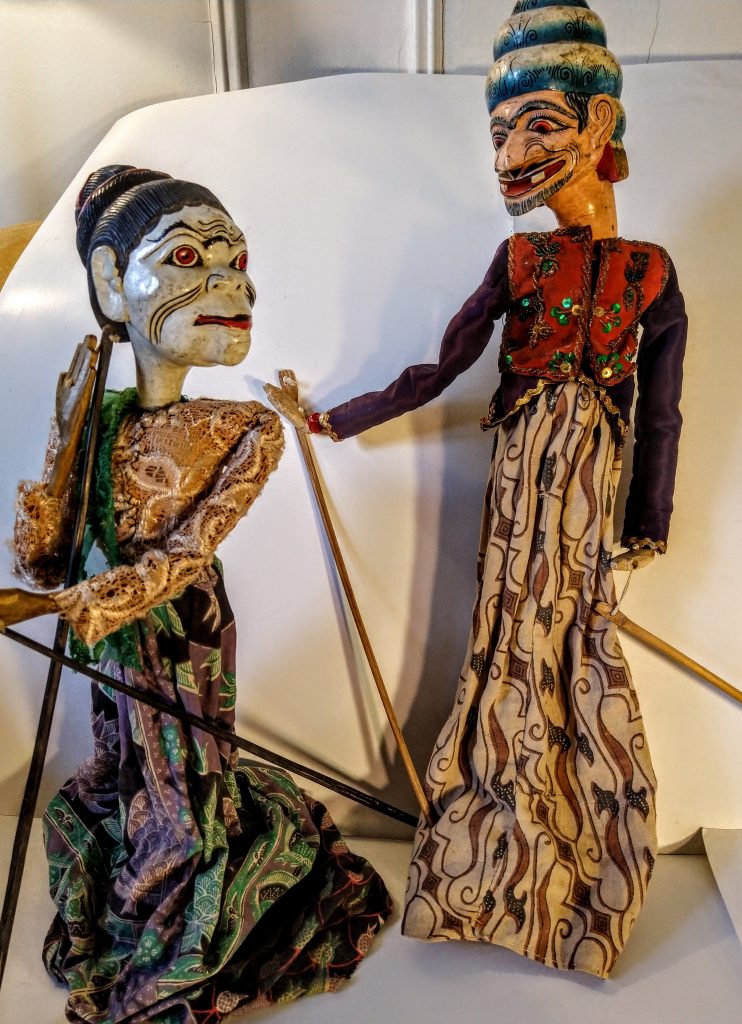
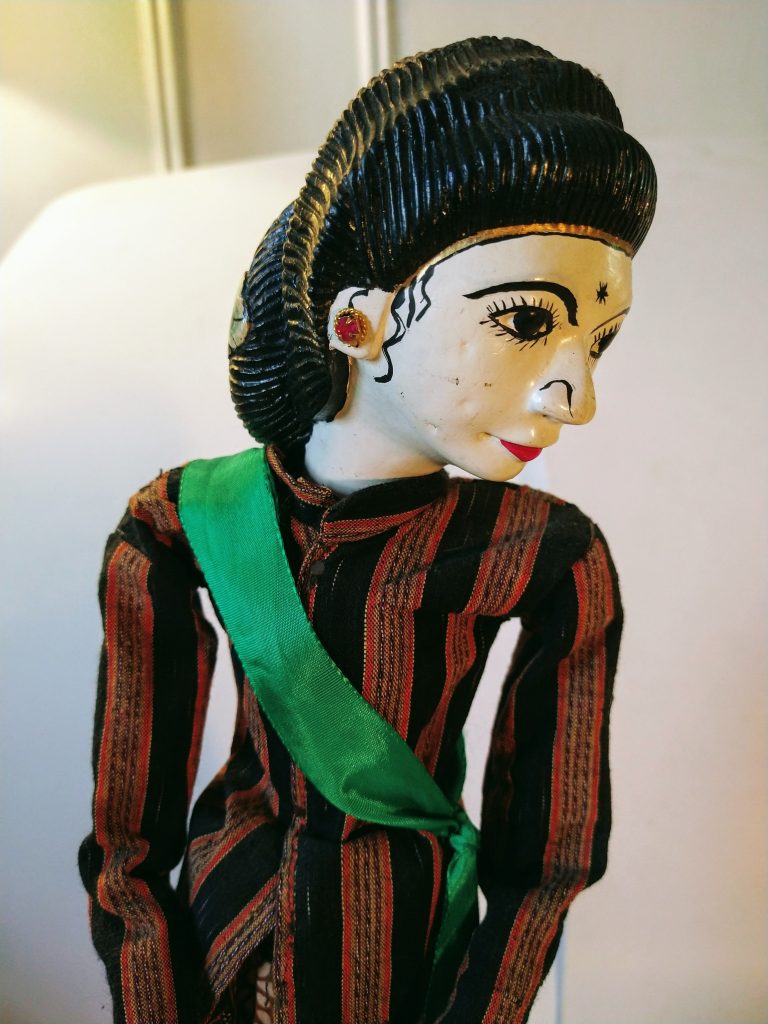
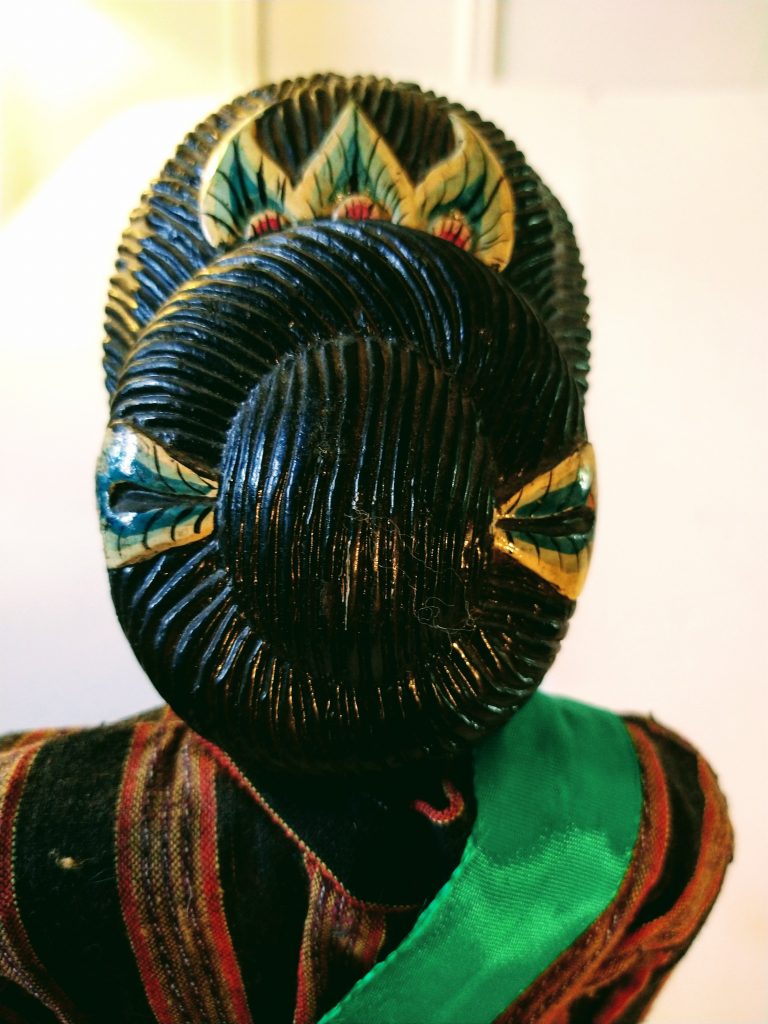
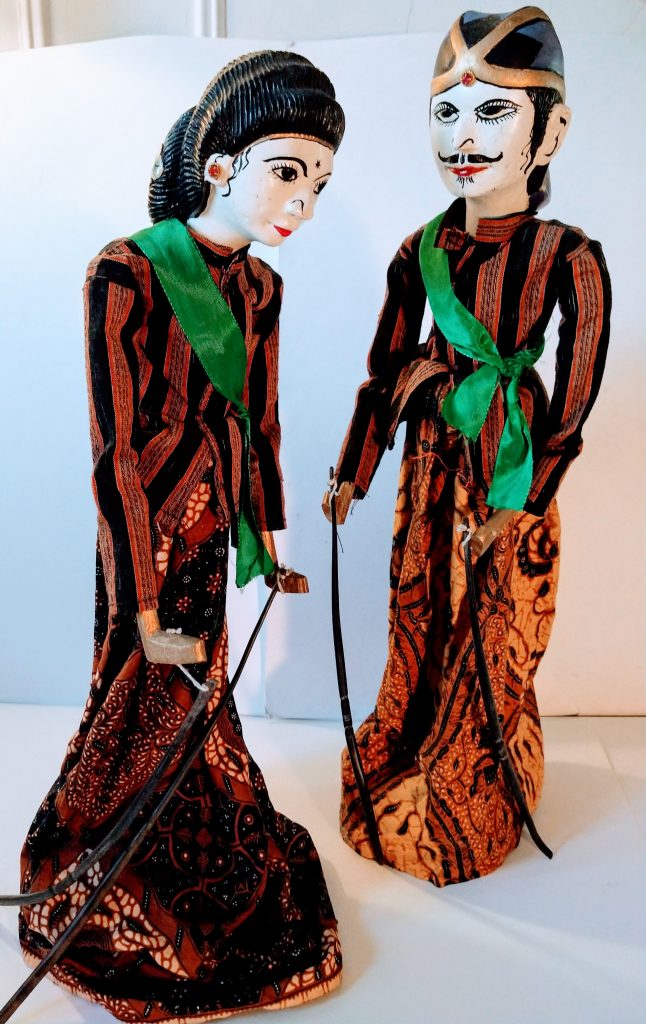
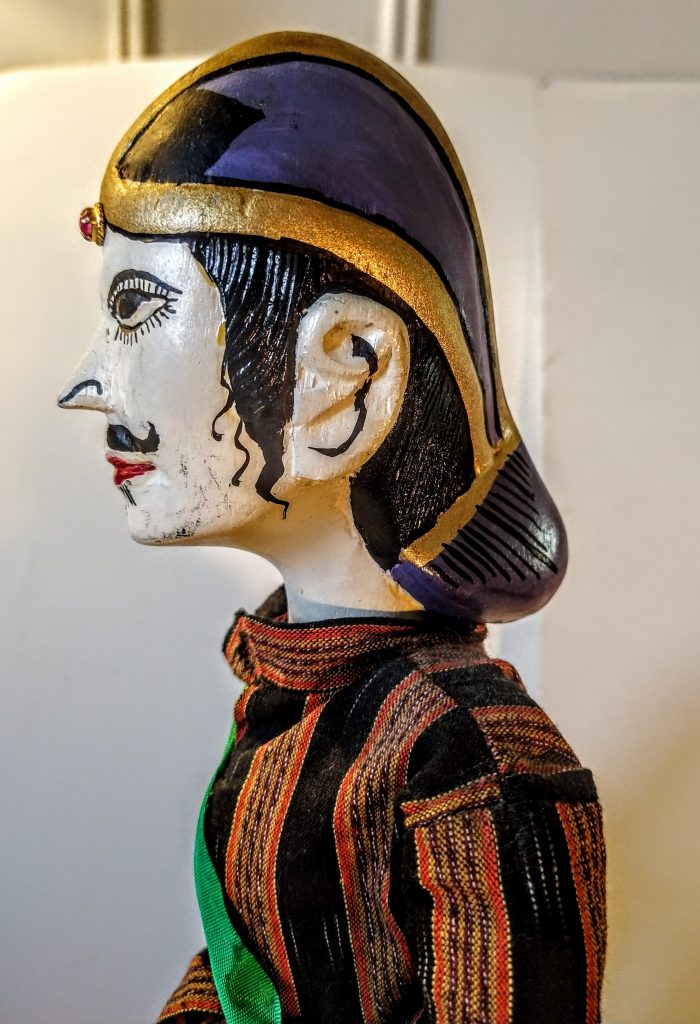
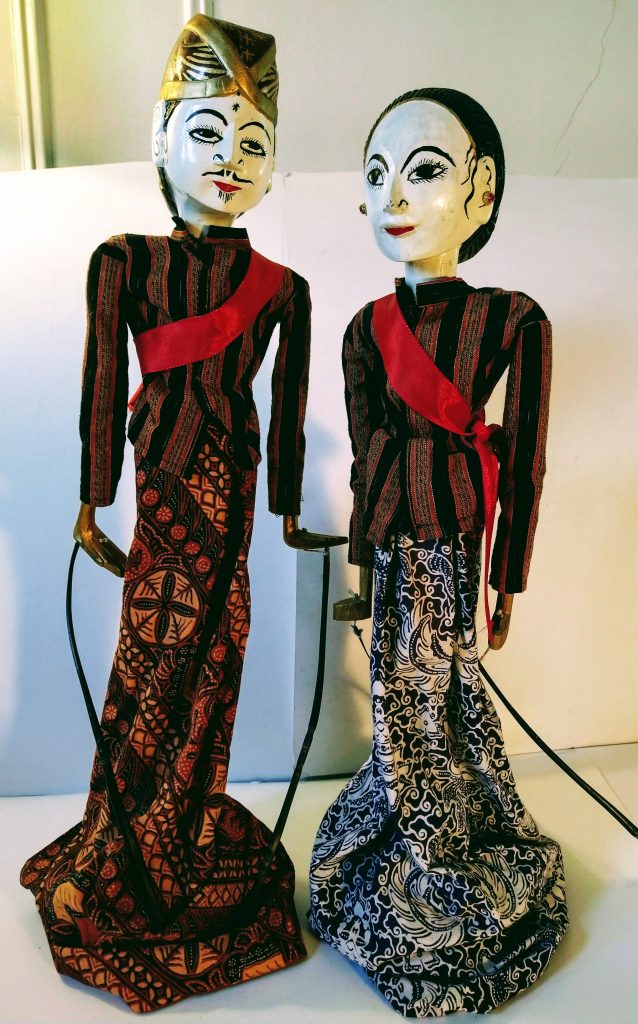

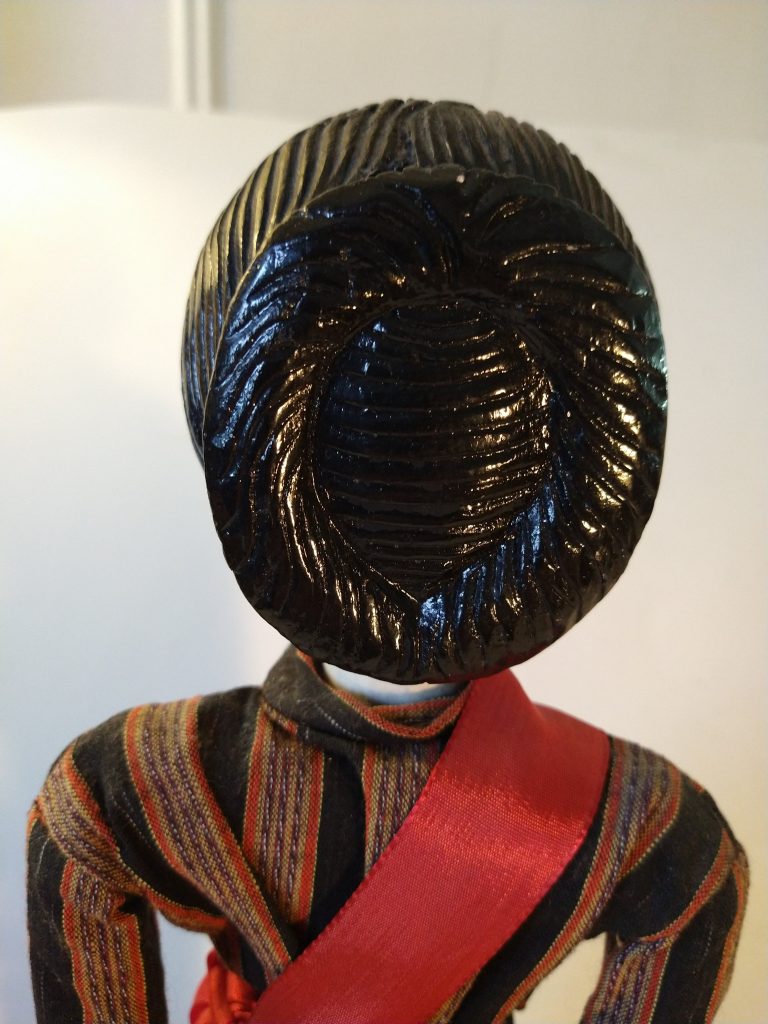
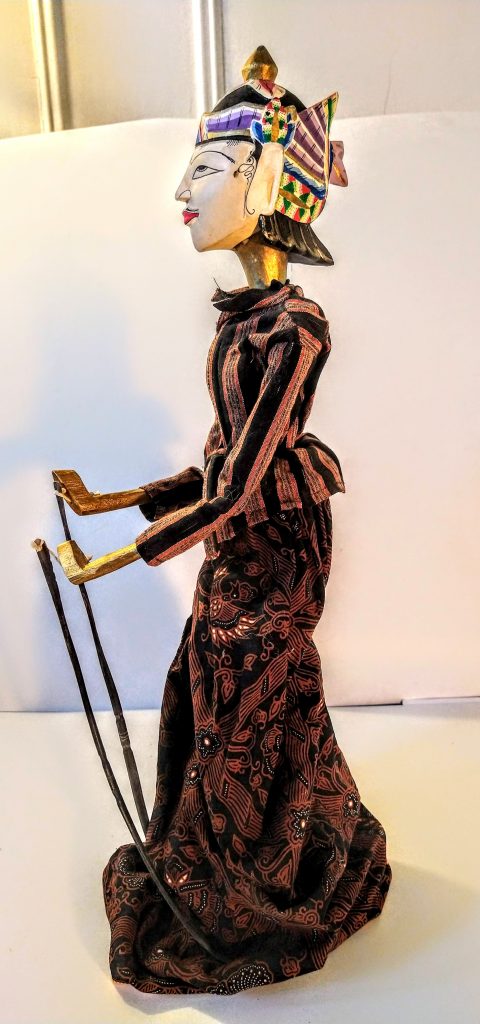
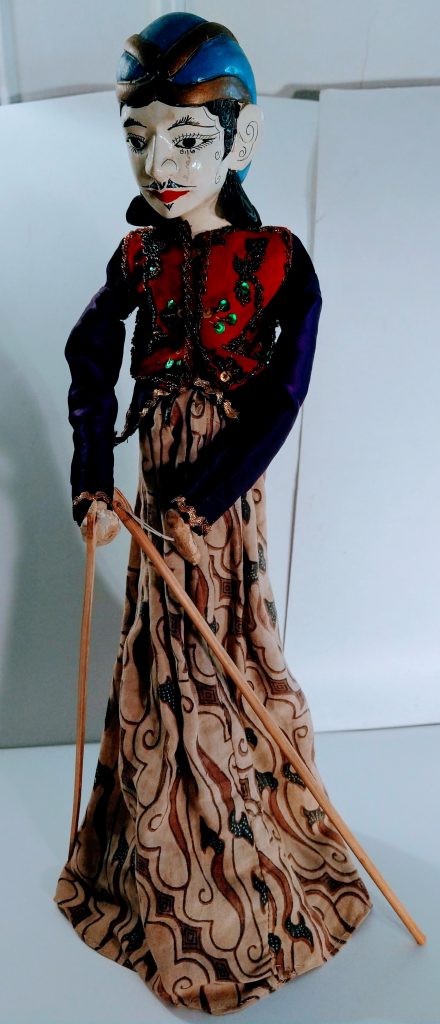
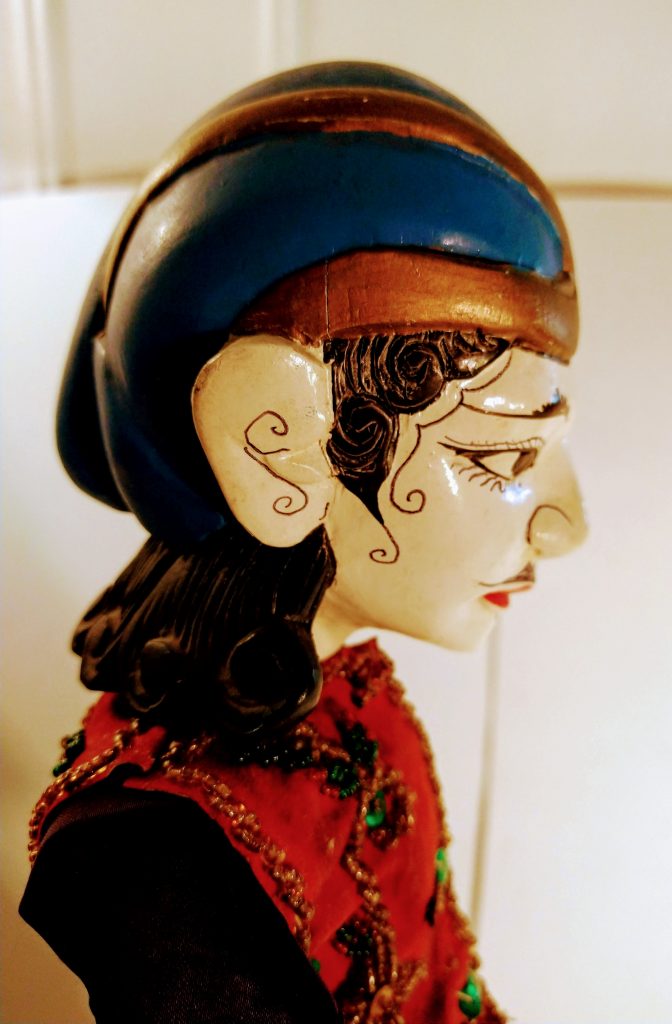
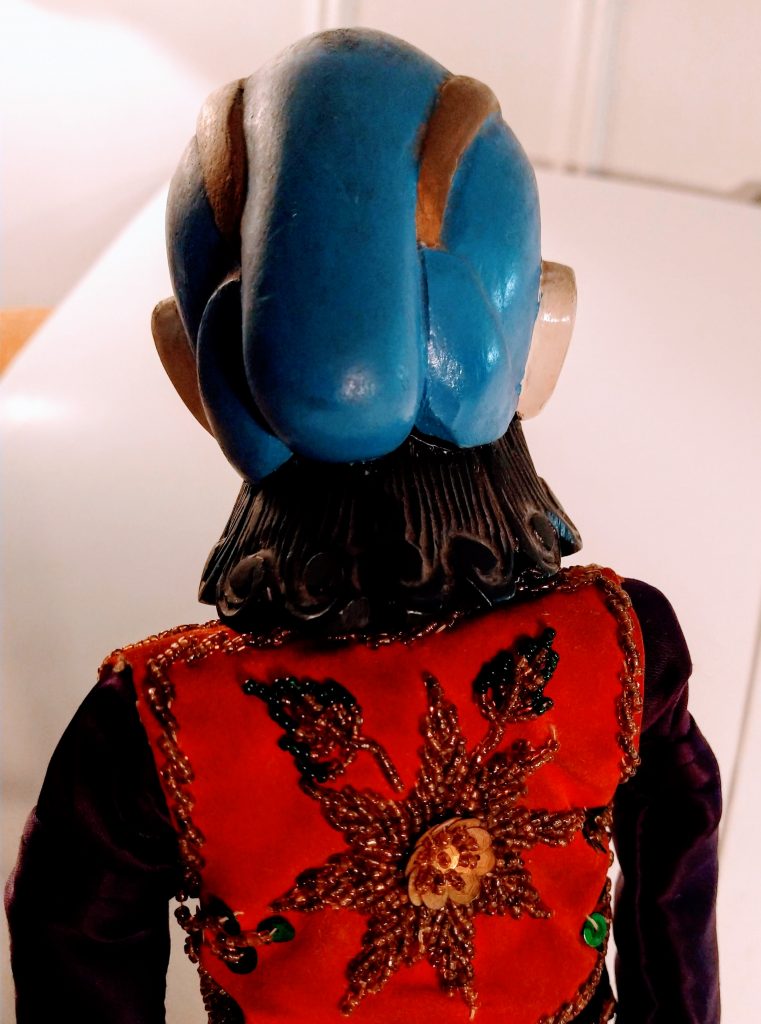
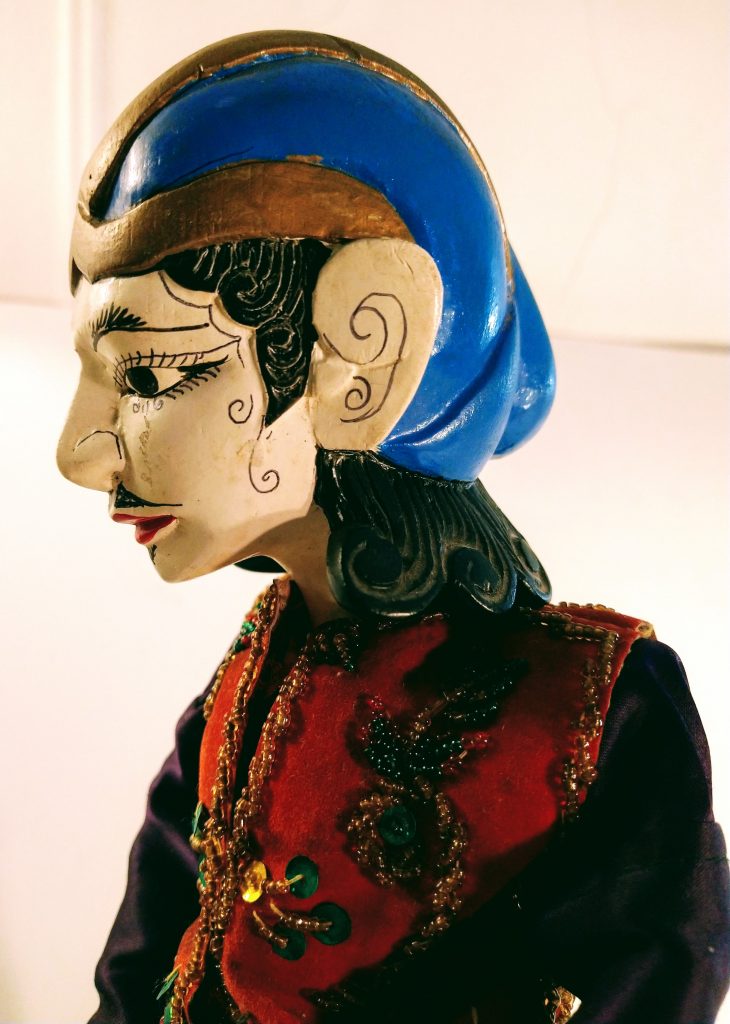
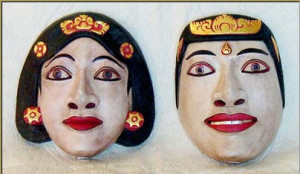
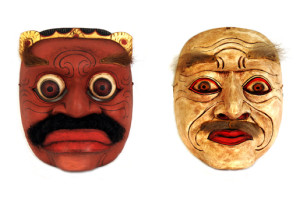
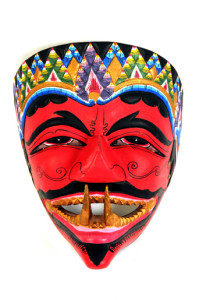
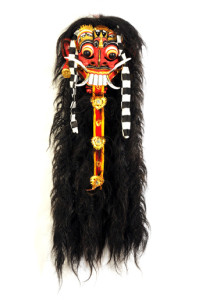
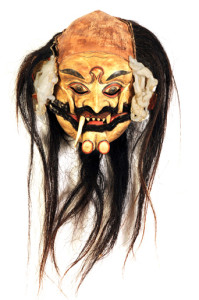
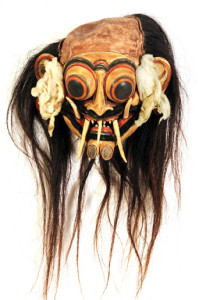
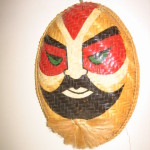
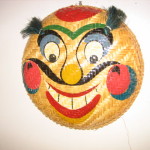
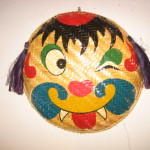
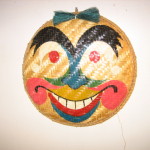
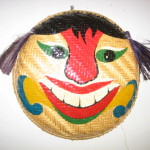
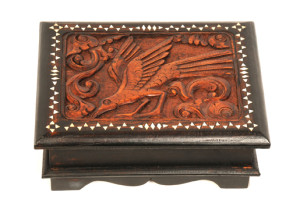
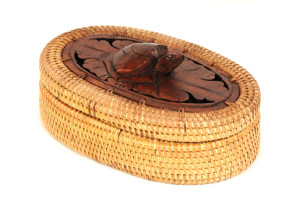
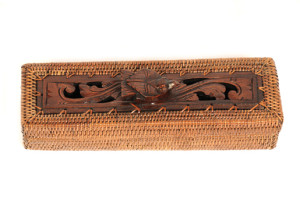
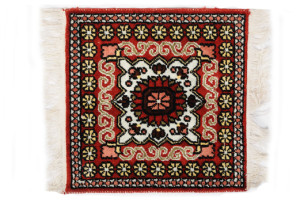
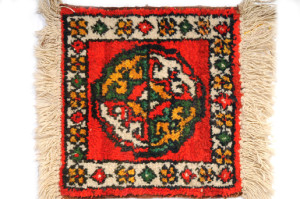
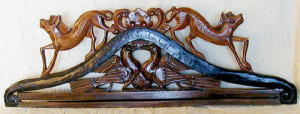
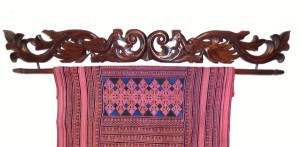
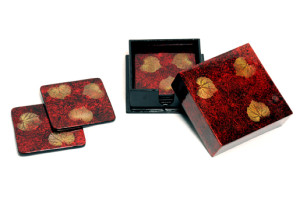
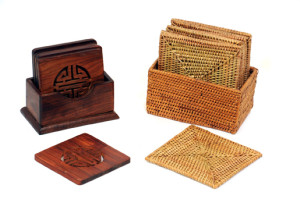
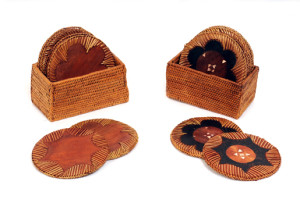
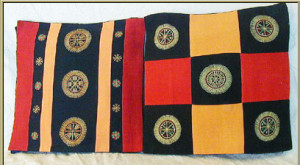
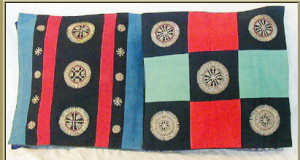
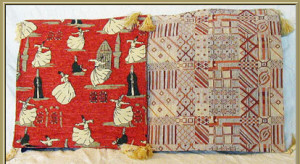
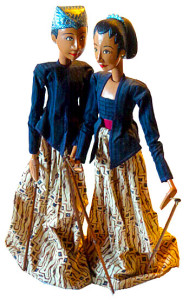
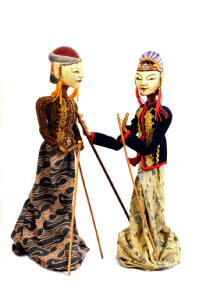
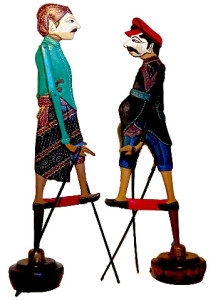
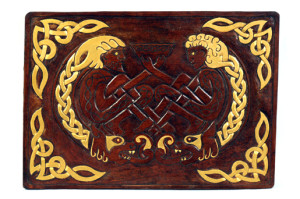
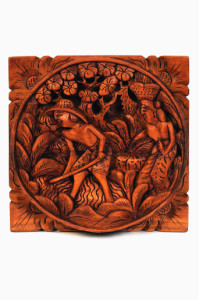
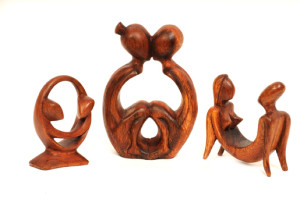
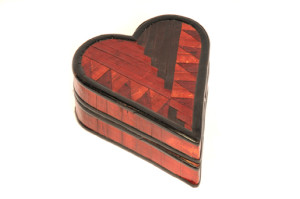
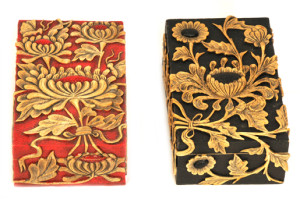
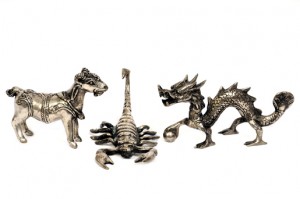 Another is a hand carved wooden sitting goat from Thailand. He looks great on a shelf! # 647.
Another is a hand carved wooden sitting goat from Thailand. He looks great on a shelf! # 647.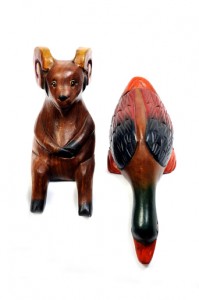
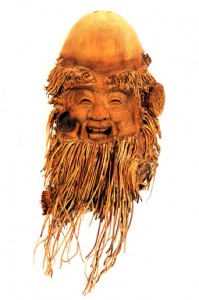 Mirrors are not usually a high priority with men, but the one below from Lombok with a mother of pearl inlaid design would be perfect for a man’s apartment or home. #17
Mirrors are not usually a high priority with men, but the one below from Lombok with a mother of pearl inlaid design would be perfect for a man’s apartment or home. #17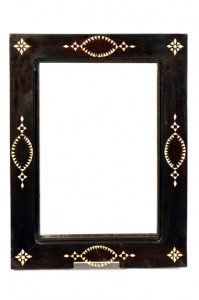
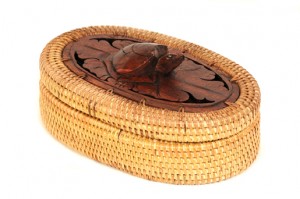 More items from Lombok which men [or women] would find useful are these rattan and wood coasters which come in boxes. The wooden coasters come from Vietnam and the rattan ones are from Lombok. #535
More items from Lombok which men [or women] would find useful are these rattan and wood coasters which come in boxes. The wooden coasters come from Vietnam and the rattan ones are from Lombok. #535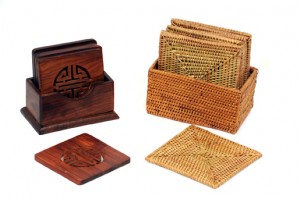 This is a wooden box for Vietnam which could make a good gift for a man.
This is a wooden box for Vietnam which could make a good gift for a man. Roosters are symbols of male virility in many cultures. This hand carved and hand painted rooster is from Bali. #141
Roosters are symbols of male virility in many cultures. This hand carved and hand painted rooster is from Bali. #141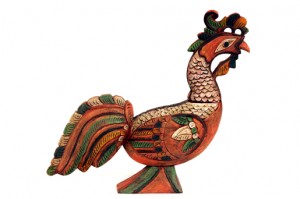
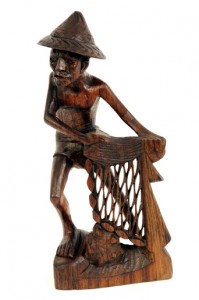 Many men have a liking for the bizarre, as I do. This colorful hand carved wooden panel is from Lombok.
Many men have a liking for the bizarre, as I do. This colorful hand carved wooden panel is from Lombok.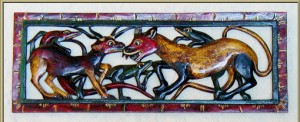
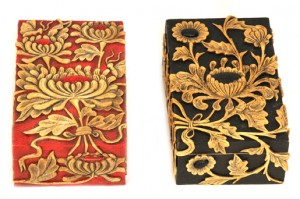
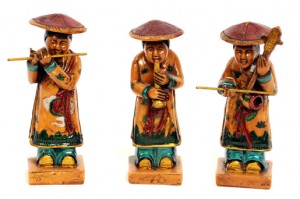
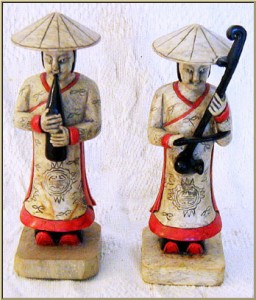
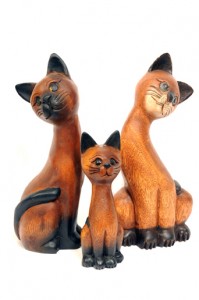
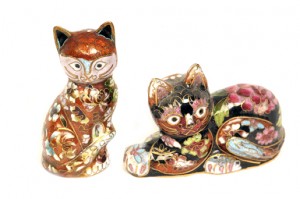
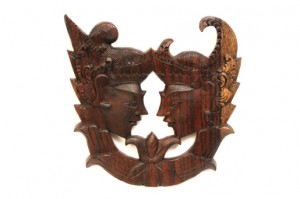 Marriage couples are a very popular theme in Java. The statues below are definitely of the folk art variety. – #128
Marriage couples are a very popular theme in Java. The statues below are definitely of the folk art variety. – #128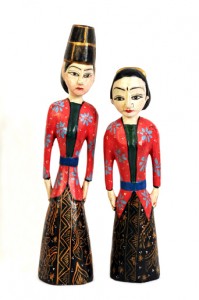
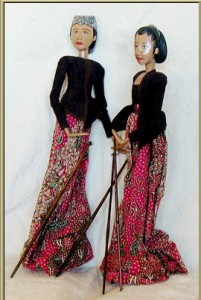
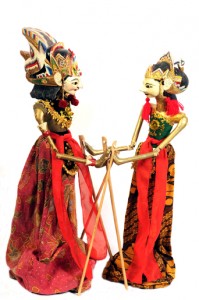 The Javanese puppets below are both men so could be suitable for a gay couple. In java, men wear hats and women don’t. #159,160
The Javanese puppets below are both men so could be suitable for a gay couple. In java, men wear hats and women don’t. #159,160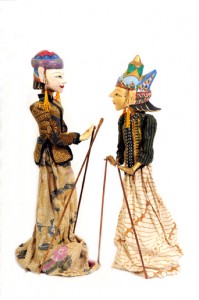 This small inexpensive marriage couple is from Java, also. #586
This small inexpensive marriage couple is from Java, also. #586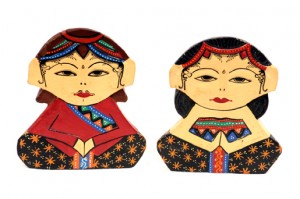 Another small unusual Javanese marriage couple. #587
Another small unusual Javanese marriage couple. #587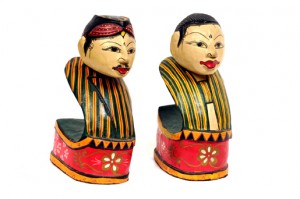
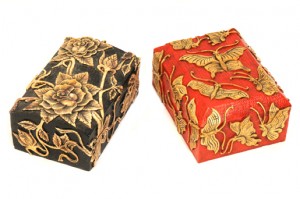 Happy Valentine’s Day!
Happy Valentine’s Day!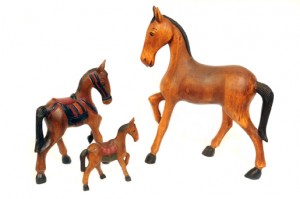
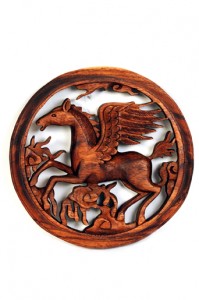

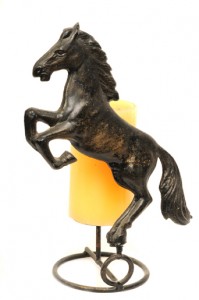
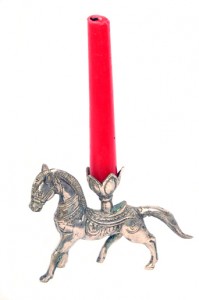 This rather cute hand carved wooden double bell horse is from Lombok. It is carved and painted on both sides so does not have to be hung on a wall. #323
This rather cute hand carved wooden double bell horse is from Lombok. It is carved and painted on both sides so does not have to be hung on a wall. #323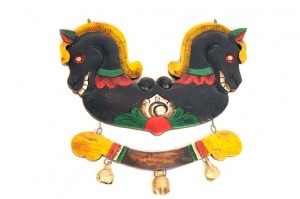

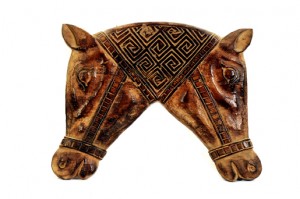 There are a few other horse objects on my website that you may like -mainly in the Horse and Cat section.
There are a few other horse objects on my website that you may like -mainly in the Horse and Cat section.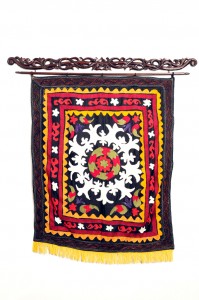 This is a picture of a shop in Samarkand. Note the pile of suzanis on the woman’s right.
This is a picture of a shop in Samarkand. Note the pile of suzanis on the woman’s right.